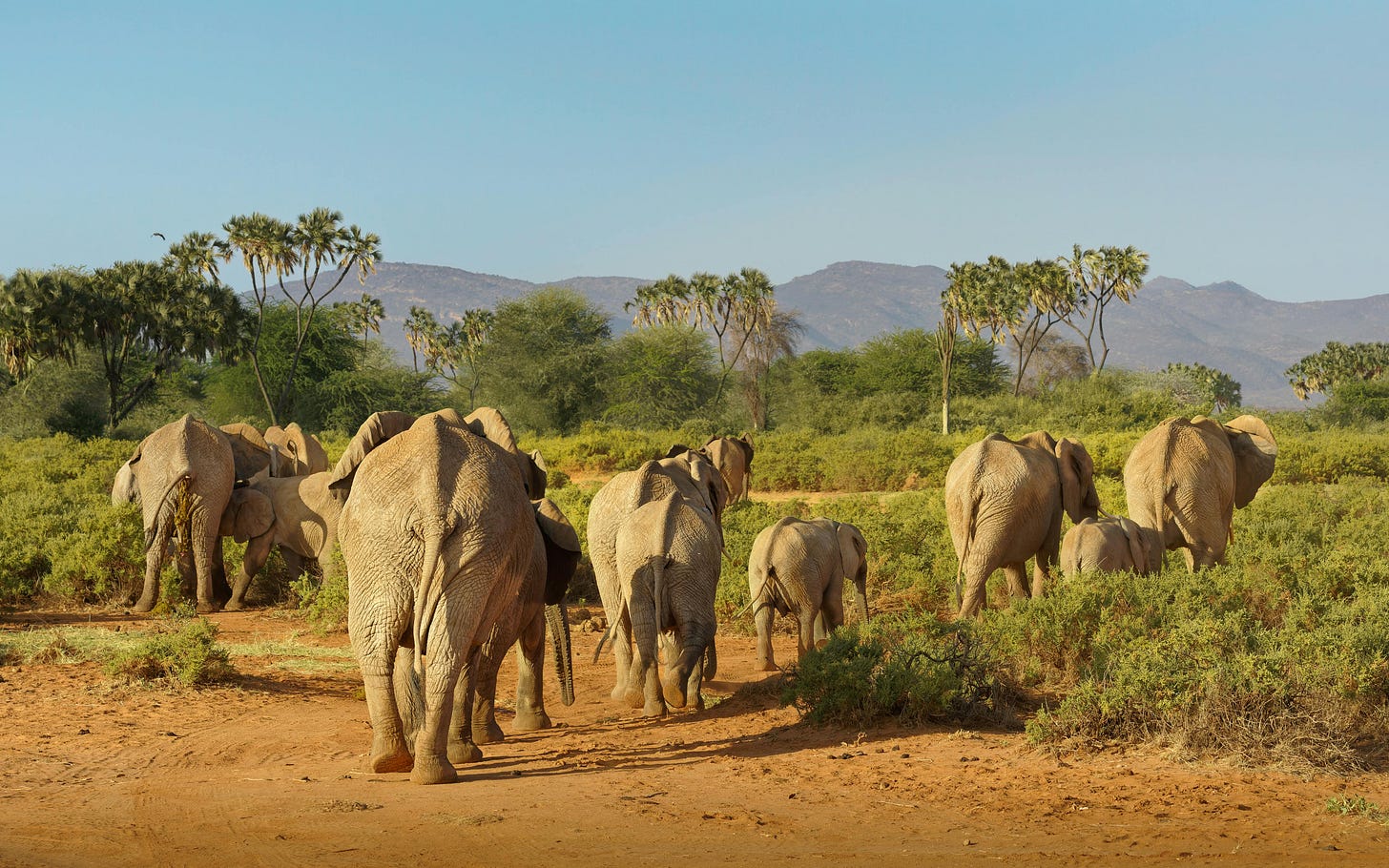I don’t quite remember when I realized that the animal symbol for the Democrats was a donkey. An ass, if you will. Not the most flattering representation.
Needless to say, Thomas Nast, the cartoonist that popularized the depiction in the 1870s, was not a fan of the Democrats of the time.
Even more insulting was that Nast originally put the ass in a lion’s skin disguise to represent the Democratic party using deception to scare their electorate into following its bidding. And I should note here that in many ways the parties have traded characteristics since the time of Lincoln.
To be fair, his association of the elephant for the Republicans was meant to be derogatory as well. The animal was shown as weak, uncontrollable, and prone to misdirection—its size being more of a hazard than an asset.
As a budding Democrat, I remember being offended upon learning of the donkey association, but not caring much about that of the elephant.
Until high school.
The summer between my freshman year and sophomore year in high school, my mother had the opportunity to travel to Kenya in a group with a family friend. And I, who had no other plans for that summer, was offered the chance to go along.
It was not my first time out of the country, but it was my first time in Africa. There was a sense of mystery about the continent. None of the countries that reside upon it were represented in any of the media that I was consuming at the time. And it was certainly not as well-discussed in my community as Europe was—so the culture of Kenya was unknown to me, unlike those of England, France or Italy where I had been before. I wasn’t even sure what a safari was before we actually went on one—our eyes scanning the savanna surrounding our white van, with an open roof for easy viewing, as it traversed the dusty roads.
It is hard to describe observing an African elephant on the vast horizons that they naturally inhabit. They possess a surety that I have never seen with any animal in a small enclosure. Instead of shifting their weight from foot-to-foot with caution, they stride forward with purpose. They own the plains. Whether unhurried grazing or rushing to aid, their mobility presents with grace. “Lumbering” seems like such an awkward word to describe such a awesome creature.
Even in a group, they are unerring in their movements. They seem to have a sense of where each other member of their tribe is at all times. The younger ones skitter in between the legs of the larger ones with no worries that they might be stepped on.
I fell in love with these animals within days. And it has been a long admiration spanning the last twenty years. The more I learn about them, the more I find them deserving of my respect.
Republicans who made the elephants their official mascot did so because they consider the elephant to be strong and dignified, but they neglect to understand why the elephant is so strong.
They would erroneously argue that it is strong simply because of its size. That predators can’t take a full elephant down. Even the most ferocious hunter of the animal kingdom is reluctant to take on a full-grown elephant, instead targeting babies or sub-adults. The greatest threat to them is human.
But achieving such a size takes time. It is faster to evolve to be smaller than it is to be bigger. Scientists estimate that it took 24 million generations for elephants to gain the stature that they exhibit today. While other large species died out, elephants didn’t. Instead, they have become incredibly empathetic creatures.
They visit their dead. They administer aid to those in their ranks that are wounded and soothe each other when stressed. They communicate with low sounds and vibrations allowing them to maintain complex relationships over long distances. They protect their young, even when they are only teenagers themselves. Empathy allows them to understand and process and respond to the thoughts and experiences of other members of their group. This leads them to have extremely strong social ties. Their organization is built up of relational bonds and roles, conforming around the central, older matriarch and allowing them to pass down knowledge on how to persevere for generations.
It takes time to grow to the size of an elephant, not just in a lifetime but evolutionarily. And in a world of limited resources, constant threat and long gestational, monotocous births, such time requires safeguarding and preservation by a herd.
Size alone is not strength. Empathy grows strength.
Humans are also empathetic creatures. Our own evolutionary history is crowded with stories on how we banded together to overcome obstacles in our way.
We should not let empathy be that characteristic used to cast aspersions on political enemies.Empathy is what allows us to grow strong.
One person recognizing someone else’s humanity, their experiences, links them ever closer together. From strangers to acquaintances to friends to family. And these building blocks are how we build our local communities, from which our national identity is born.
Our ability to empathize is what makes us great. It is what makes us who and what we are.
We need that reminder even more these days: With the current concentrated effort to isolate people in our communities who are different from us.
Even us Democrats seem to need the reminder that fighting for ourselves sometimes means serving to protect others. That prioritizing the most vulnerable makes us stronger. Because their prosecution and maltreatment lead to weaker social inter-connectivity for us all.
Republicans disrespect elephants when they use their likeness to promote divisive policies because their party thinks that strength is size and might and physicality.
But I know that strength is empathy.




